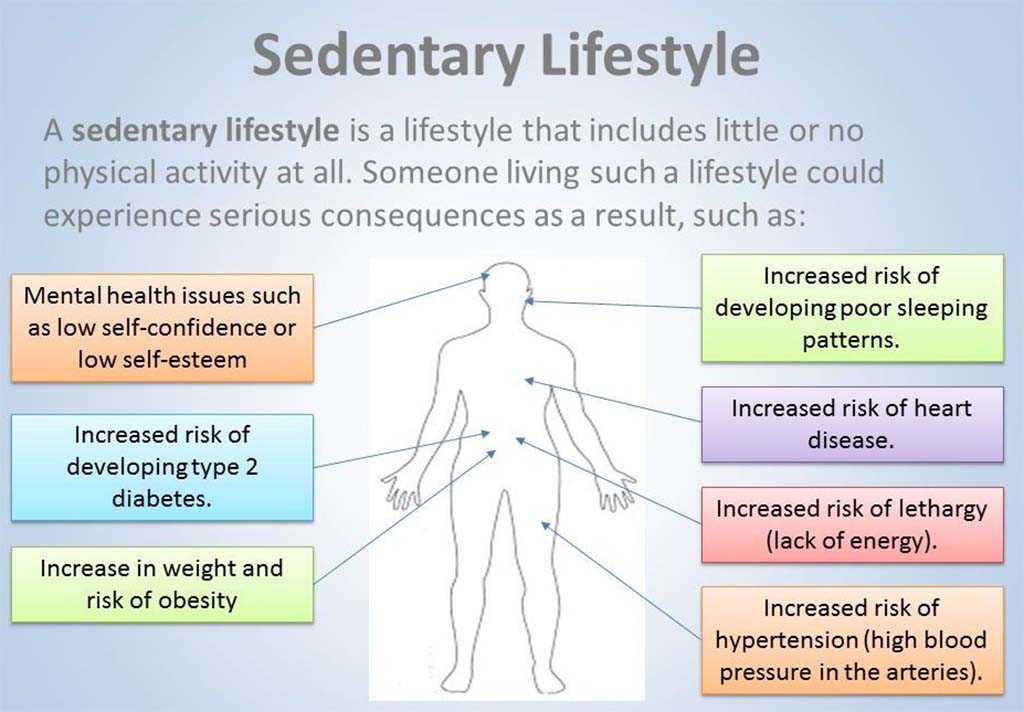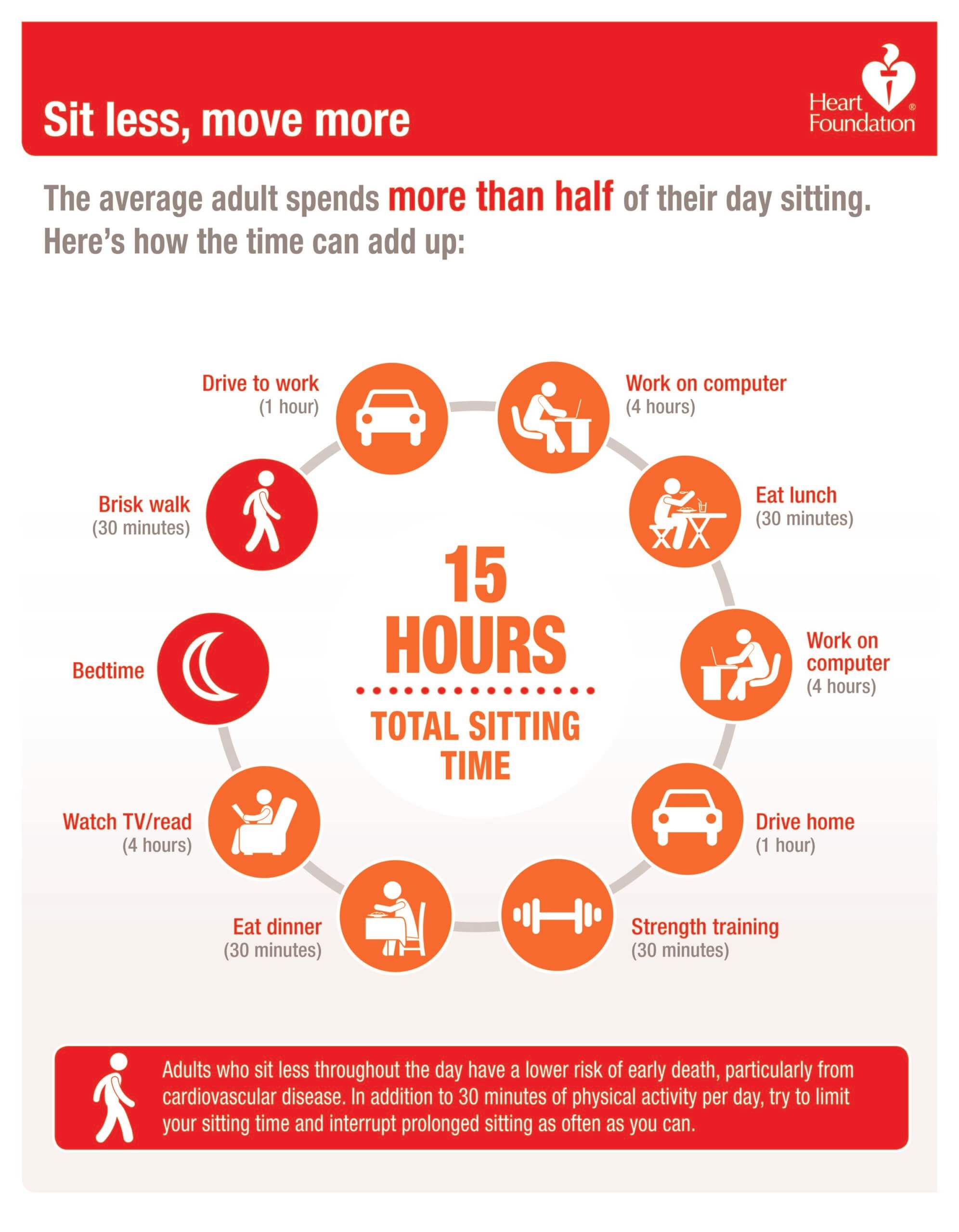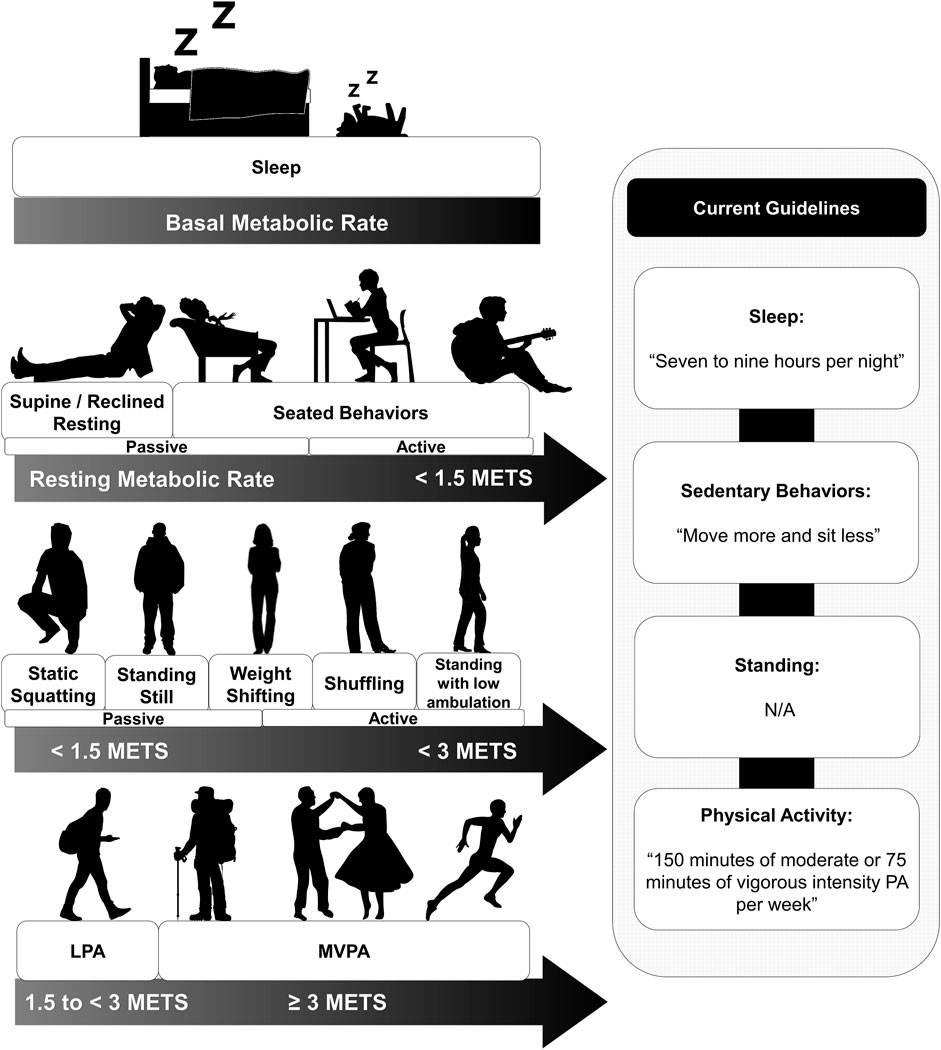What Is A Short Term Consequence Of A Sedentary Lifestyle

Urgent health alert: Prolonged sitting dramatically increases the risk of developing deep vein thrombosis (DVT), a potentially fatal condition. Experts warn that immediate lifestyle adjustments are crucial to mitigate this growing threat.
This article addresses the acute, often overlooked consequences of a sedentary lifestyle, focusing on DVT as a primary, immediate danger. It highlights the speed at which inactivity can lead to serious health problems and offers guidance on preventative measures. This condition, characterized by blood clots forming in deep veins, poses a significant risk within a surprisingly short timeframe of inactivity.
The Silent Threat: Deep Vein Thrombosis (DVT)
DVT, a blood clot forming in a deep vein, typically in the leg, is a grave risk directly linked to prolonged inactivity. When muscles are inactive, blood flow slows, increasing the chance of clot formation. DVT can lead to pulmonary embolism (PE), where the clot travels to the lungs, causing potentially fatal complications.
Who is at Risk?
Anyone spending extended periods sitting is at risk. This includes office workers, long-distance travelers, individuals recovering from surgery, and those with pre-existing conditions like obesity or heart disease. A 2016 study in the Journal of the American Heart Association found that prolonged sitting increased the risk of DVT by a staggering 185%.
What are the Symptoms?
Symptoms of DVT can be subtle or absent in some cases, making early detection difficult. Common signs include swelling in one leg (rarely both), pain or cramping in the calf, redness or discoloration of the skin, and a feeling of warmth in the affected leg. Immediate medical attention is crucial if any of these symptoms appear.
Where and When Does This Occur?
DVT can occur anywhere someone is inactive for a prolonged period: at home, at work, or during travel. The risk increases with the duration of inactivity; studies suggest that as little as 90 minutes of uninterrupted sitting can begin to impact blood flow. The World Health Organization (WHO) has identified sedentary behavior as a leading risk factor for noncommunicable diseases, including cardiovascular diseases like DVT and PE.
How Does Inactivity Lead to DVT?
Prolonged sitting hinders the normal pumping action of leg muscles, essential for returning blood to the heart. This stagnation promotes blood pooling and increases the likelihood of clot formation. Dehydration, often associated with prolonged sitting, further thickens the blood, compounding the risk. Lack of movement weakens the valves in the veins.
Combating the Risks: Immediate Actions
Counteracting the immediate dangers of a sedentary lifestyle requires proactive measures. Simple steps can significantly reduce the risk of DVT and improve overall health.
Regular Movement is Key
Incorporate short breaks into your routine to stand up and move around every 30-60 minutes. Perform simple leg exercises like calf raises or ankle rotations while seated to stimulate blood flow. Even short bursts of activity can make a significant difference.
Stay Hydrated
Drink plenty of water throughout the day to maintain proper blood viscosity. Dehydration exacerbates the risk of clot formation, so adequate fluid intake is crucial.
Compression Socks
Consider wearing compression socks, especially during long periods of sitting or travel. These socks help improve blood circulation in the legs and reduce the risk of swelling and clot formation. Consult a doctor before using if you have vascular disease.
Ergonomic Adjustments
Ensure your workspace is ergonomically designed to promote good posture and blood flow. Adjust your chair and desk to maintain proper leg positioning and avoid prolonged pressure on your thighs.
Next Steps and Ongoing Developments
Awareness campaigns are crucial to educating the public about the risks of sedentary behavior and the importance of preventative measures. Research is ongoing to further understand the mechanisms by which inactivity contributes to DVT and to develop more effective prevention strategies.
The Centers for Disease Control and Prevention (CDC) is actively monitoring the prevalence of sedentary lifestyles and associated health risks. Early intervention and lifestyle modifications are paramount in mitigating the immediate and long-term consequences of prolonged inactivity. This includes advocating for workplace wellness programs that encourage physical activity and provide resources for employees to make healthy choices.
Take immediate action to protect your health. Small changes to your daily routine can significantly reduce your risk of DVT and improve your overall well-being. Don't underestimate the power of movement.


















